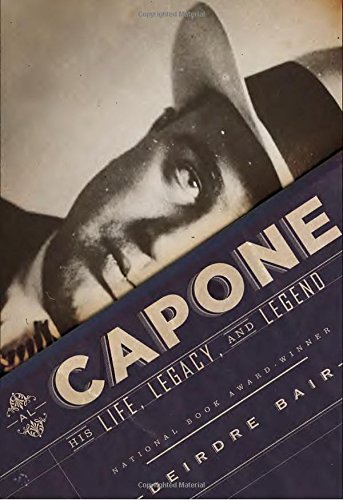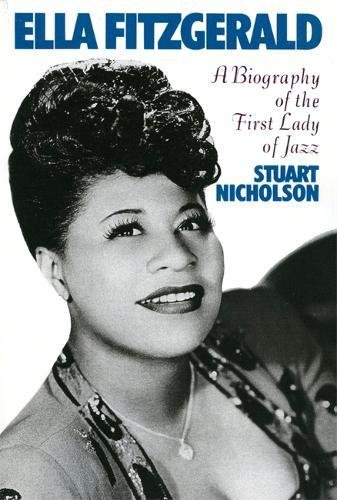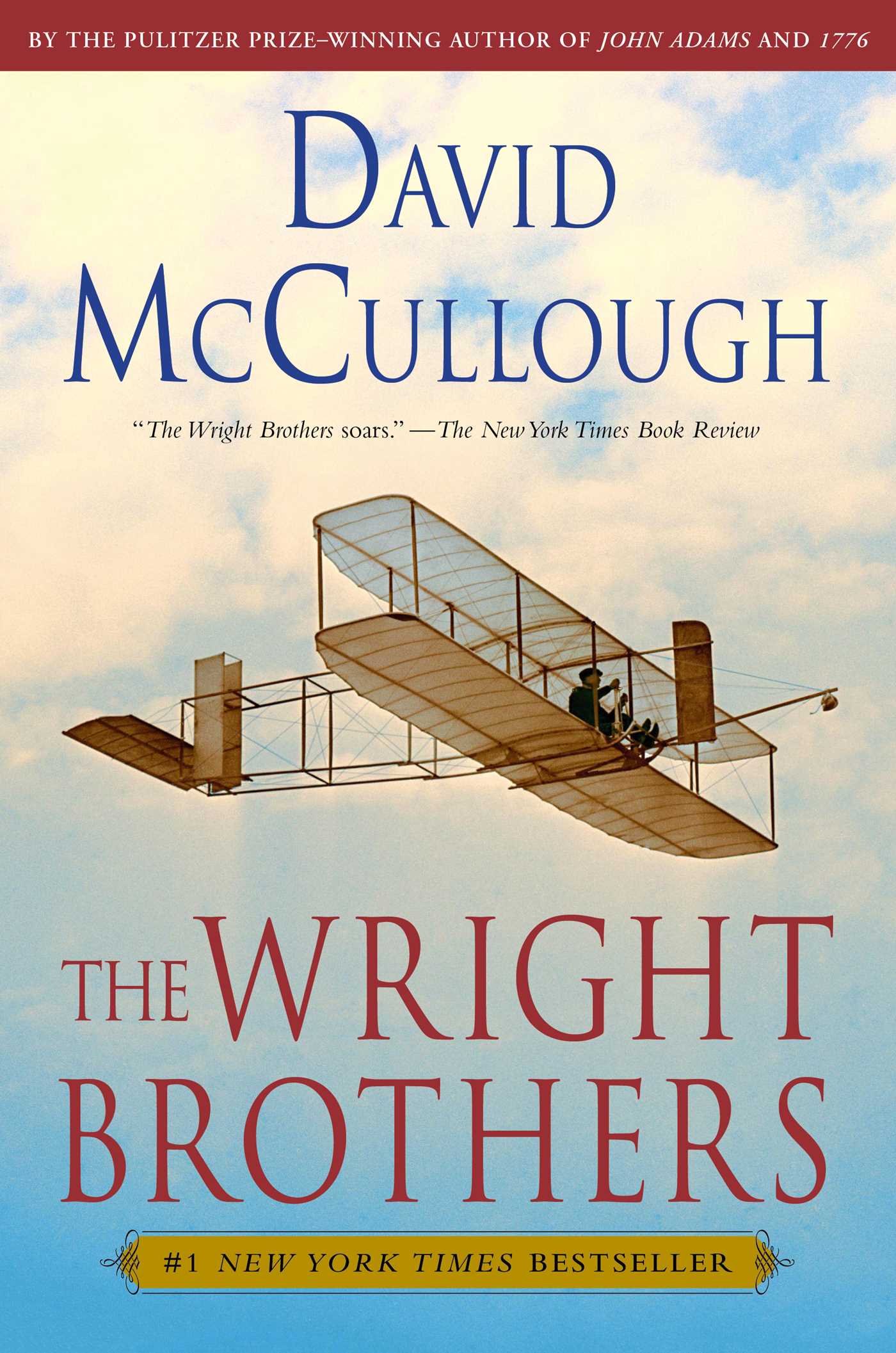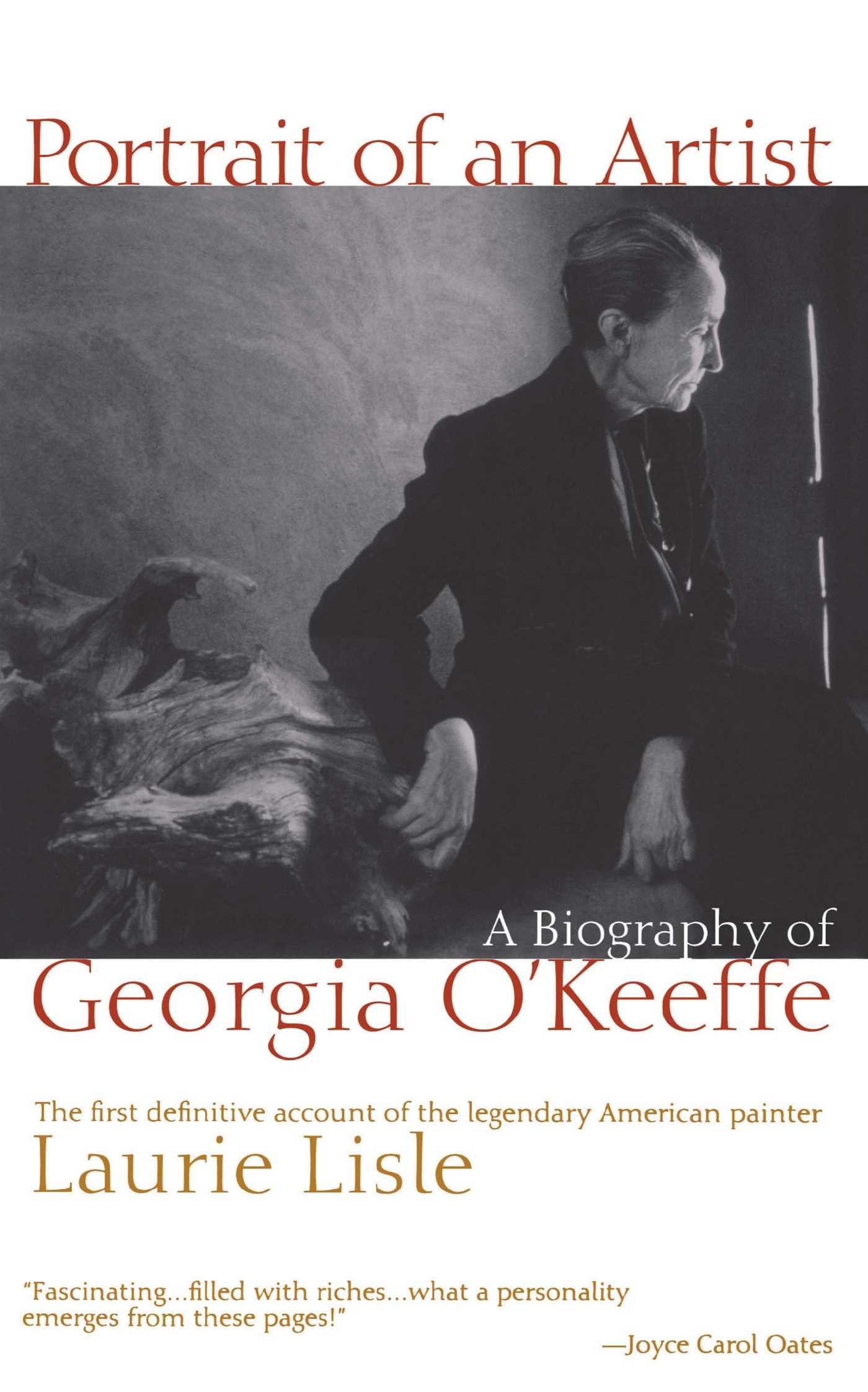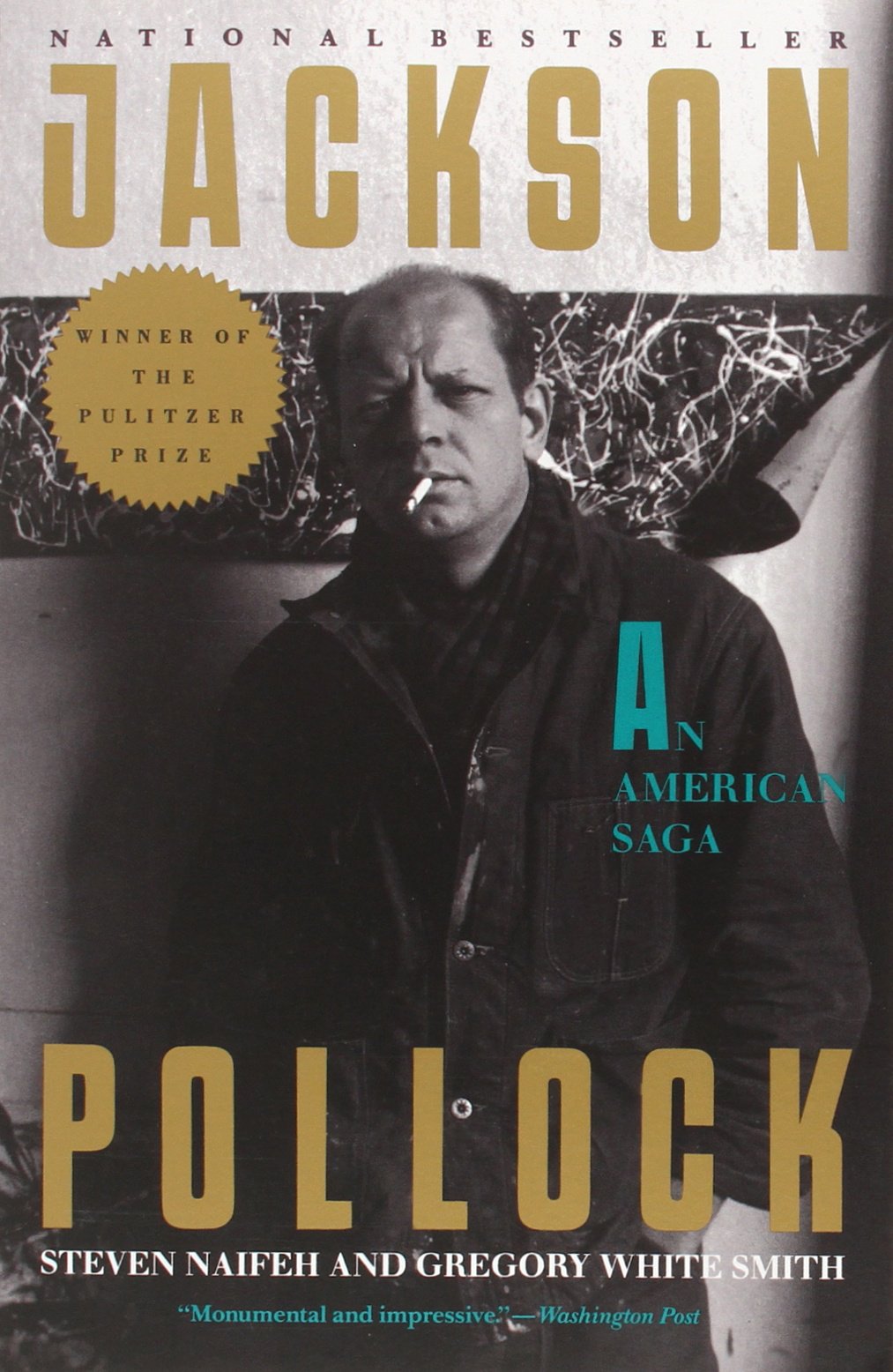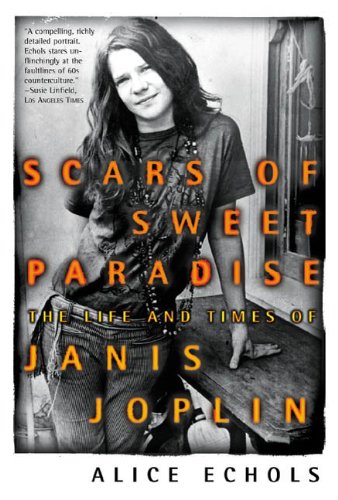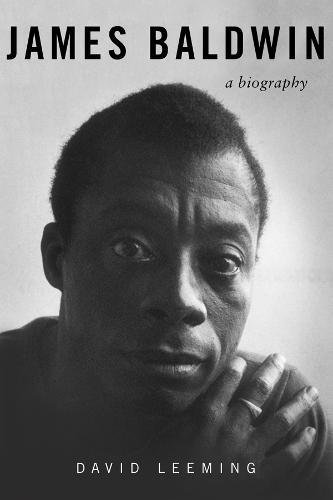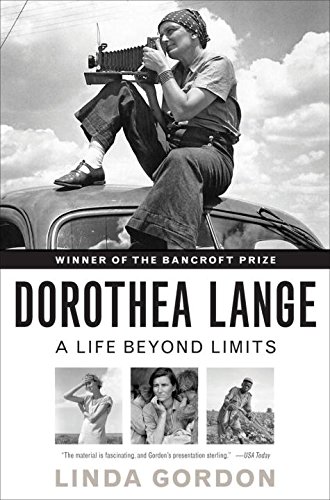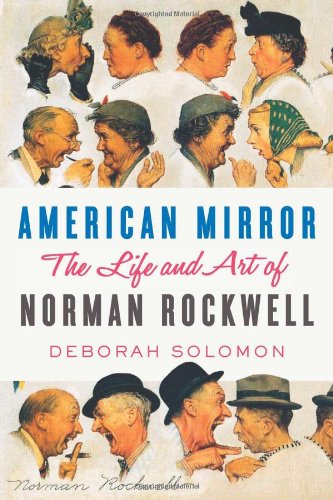If I have one literary weakness (aside from Hemingway, of course), it’s big, comprehensive biographies of fascinating cultural figures. I’m always up for a deep dive into the remarkable lives of people who’ve shaped our history—be they musicians, writers, actors, inventors, or journalists—and the way we see, hear, and live in the world. Here’s a list of books about iconic Americans who have done just that.

Stars and Stripes: 10 Must-Read Biographies of Our Favorite American Icons
Raised from humble Brooklyn roots, Al Capone rose to power in the Prohibition era to become the head of a multimillion-dollar bootlegging and gambling operation, a constant target of the FBI, and one of the most infamous criminals in American history. Deirdre Bair’s biography brings the myth to life with historical and human elements, and includes many previously unheard and unseen stories, details, and documents thanks to Capone’s cooperative family.
One of the most recognizable voices in musical history, Ella Fitzgerald is a legendary figure of jazz, albeit an enigmatic one. Not much was known about her early life before Stuart Nicholson’s groundbreaking biography, which featured new research and insights into the singer’s life from her friends and colleagues. This is a remarkable account of one woman’s determination to achieve her dream in the face of extreme poverty and prejudice.
Nearly every American child learns the names Orville and Wilbur Wright, but few learn the full story about how they took to the sky in the first piloted plane. Now, thanks to America’s favorite historian, David McCullough, they can. He not only captures the Wright brothers’ innovative, curious spirits and boundless determination, but also reveals the essential efforts of their sister, Katherine, without whom history might not have been made.
Two-time winner of the Pulitzer Prize, David McCullough tells the dramatic behind-the-scenes-story of Wilbur and Orville Wright, the courageous brothers who taught the world how to fly. David McCullough was awarded in 2006.
When she died at the age of 98, Georgia O’Keeffe left behind a remarkable legacy and body of work. Now one of the most recognizable artists in the world thanks to her iconic, close-up depictions of flowers, she led just as impressive and fascinating a personal life as a professional one. This is the first full account of her entire life, from her early days as a controversial teacher to her relationship with photographer Alfred Stieglitz and her subsequent seclusion in the New Mexico desert.
Think “American icon,” and Frank Sinatra might be one of the first names that come to mind. From his voice and style to his romantic entanglements and enduring cultural presence, there’s so much to say about Sinatra that James Kaplan needed two books to put it all together. In this first volume, he dives deep into Sinatra’s early years—from his childhood in New Jersey to his vocal rise (and fall) and Oscar-winning return in the film From Here to Eternity—to better understand the man behind the myth.
This epic biography of one of modern art’s most celebrated artists won the Pulitzer Prize, and for good reason. It covers everything in Jackson Pollock’s turbulent and compelling life, from his distressing childhood and sibling rivalries to his adult sexual ambiguities, artistic frustrations, and attempts to create work that would stand the test of time. It features more than 200 photographs, many never before seen, and interviews and insights from almost a thousand people, providing readers with a deep, to-the-marrow portrayal of this cowboy of modern art.
Rock star Janis Joplin’s short-lived career and life has come to define an entire generation. This compelling account lives up to her legacy, pushing past the cultural invention to reveal the musician herself: a tormented but brilliant woman whose ambitions and demons helped her rise just as they led to her fall. It’s a deeply personal and affecting story that will have you listening to Joplin’s songs in a completely new way.
One of the great writers of the last century, James Baldwin’s works have become a crucial part of the American literary canon, from GIOVANNI’S ROOM and THE FIRE NEXT TIME to GO TELL IT ON THE MOUNTAIN and ANOTHER COUNTRY, which expressed the ups, downs, and complications of being a gay African-American man in the United States and abroad. During the Civil Rights movement, he became an activist and spokesman for the cause, courting both notoriety and controversy. David Leeming’s intimate illustration of Baldwin’s life is insightful, troubling, and brilliant.
Dorothea Lange was a groundbreaking documentary photographer whose iconic images of American society during the Great Depressions—the Migrant Mother holding her child, the frail and dirty children of the Dust Bowl—still influences society today. In this enlightening biography, Linda Gordon uses Lange’s life to tell the larger history of twentieth-century America, from bohemian San Francisco to the Depression-era Midwest and Japanese-American internment camps of the Second World War, with stunning photos and fascinating details.
For many, the name “Norman Rockwell” is synonymous with mid-twentieth-century America, and his depictions of boy scouts, family dinners, small-town life, and even a young black girl named Ruby Bridges walking into school are an integral thread in our national fabric. His work was, in many ways, a defining element of American brand identity, but behind those distinct characters and scenes was a complicated man: a lonely painter who suffered from depression and personal pain. Deborah Solomon’s fascinating portrait (no pun intended) of this artist not only reflects his genius but his humanity as well.

